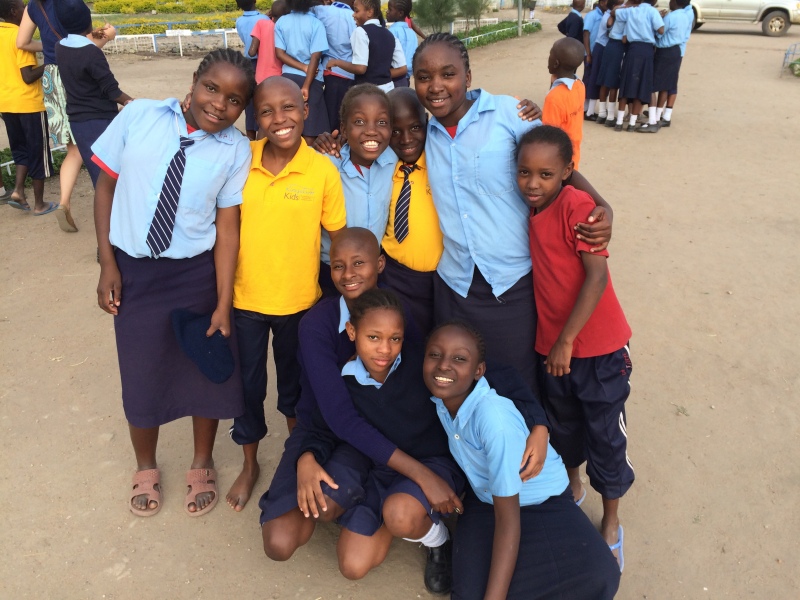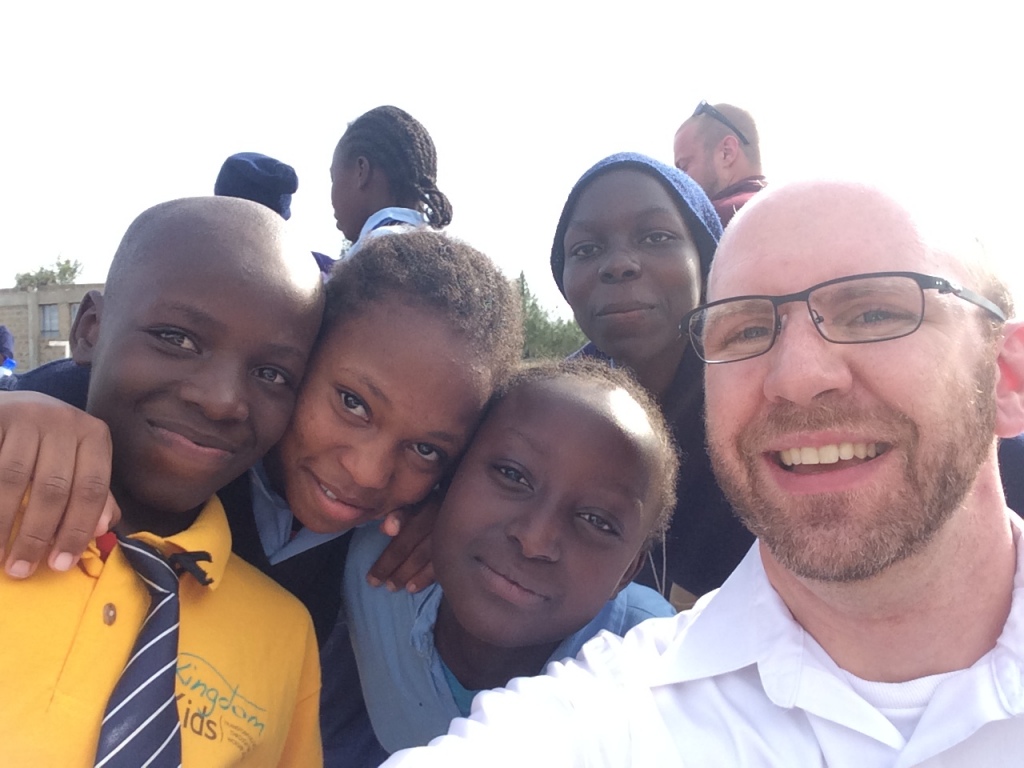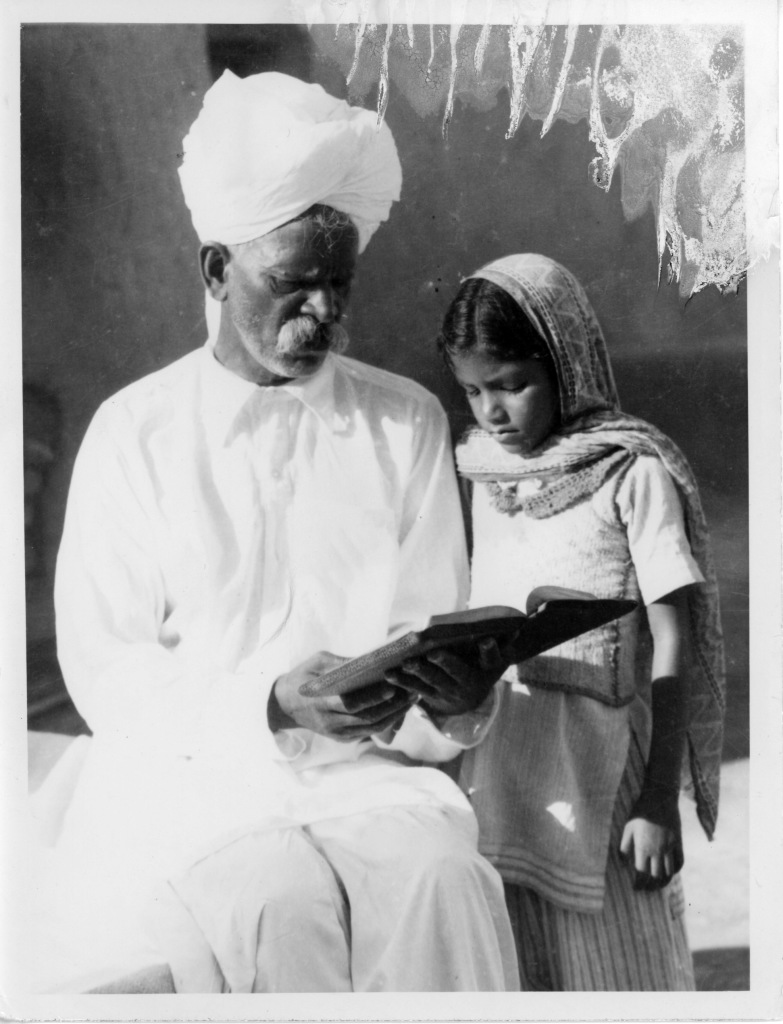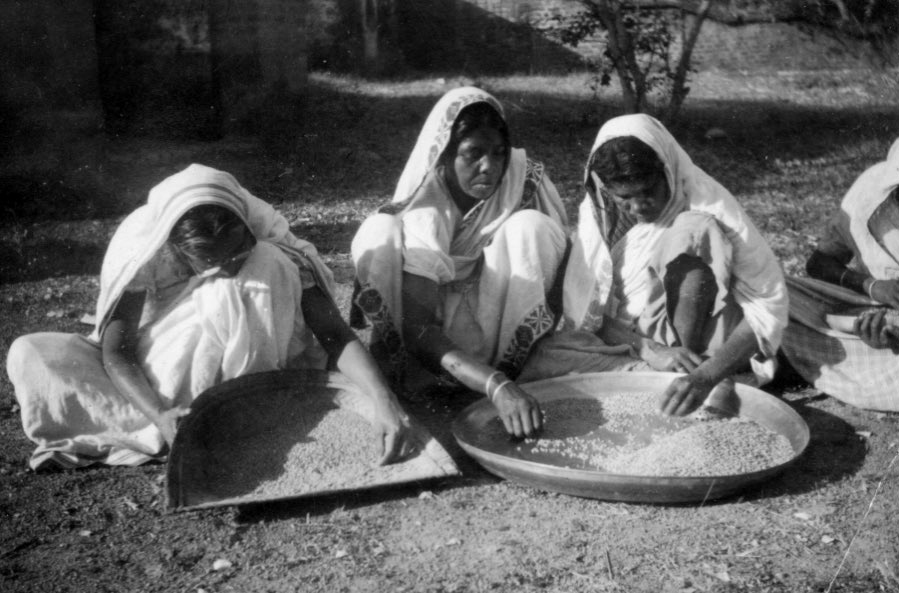CMF International News |
|
How did you spend your Sunday? Posted: 22 Jun 2015 10:29 AM PDT Mark Firestone left his position as the head of CMF’s child sponsorship program to move to Nairobi, Kenya, and serve in the program in a more direct way as a CMF missionary with Missions of Hope (MOHI). Here are some of his thoughts after his first two weeks in Kenya:
This past Sunday marked two weeks since my arrival in Kenya. These two weeks have been filled with adjusting to new culture, getting settled into a new place to live, re-learning how to drive, and all the ups and downs that come with those and so many other things related to making an international move. After two weeks of getting acclimated, I was eager to get out and see the fruits of the ministry I’ve come to serve with. So on Sunday, when the opportunity arose to attend church out at our boarding schools, I jumped at it!
Missions of Hope has 13 schools within the Mathare Valley and surrounding slums in Nairobi. Our boarding schools are actually about an hour’s drive outside of the city on roads that become less “road” and more dirt trail or ditch the further out you go. We actually have two boarding schools, one for girls and one for boys. They house students as young as Class 6 (6th Grade) and as old as Form 4 (High School Senior). The boarding schools provide our students with their own beds, bathrooms and showers with indoor plumbing, and three nutritious meals a day in addition to their rigorous study schedule. Our first boarding school, Joska, opened in 2007 to both boys and girls. It was launched at a time when the students who had begun attending the first MOHI school were approaching Class 6. Students in Kenya take a national exam in Class 8 that determines their eligibility to get into high schools. Students who don’t achieve high enough marks on this exam face the possibility of not being able to continue their education. For our students, this would almost guarantee a life condemned to living in the slums with no hope for a better future. The idea was to bring the students to the boarding school where they would be able to focus on their studies in preparation for their national exams without the distractions that come with life in the slums. Just five years after Joska opened it was already bursting at the seams and there were more students in Mathare reaching Class 6 than could be accommodated on the campus. And so in 2012, a second boarding school was opened about a mile away from Joska. This new boarding school, called Ndovoini, became an all-boys school, while Joska was converted to all girls. Both campuses eventually added high schools, which enabled some students who were unable to attend a public high school to continue their education. As the schools back in Mathare continued to grow, it wasn’t long until both Joska and Ndovoini were out of space again. With few options available, the strategy changed to begin adding sixth-, seventh- and eighth-grade classes to the primary schools back in Mathare. Today, the students selected to attend Joska and Ndovoini are chosen based on what their home life is like. Those students who are the least likely to be successful are selected to attend Joska and Ndovoini to give them a better chance. These are students who may be orphaned, who come from abusive backgrounds, whose parents have a harder time providing for them at home, or any other number of factors. It’s NOT that these children are poor performers in school or have bad grades. They are bright young men and women who just got dealt an even worse hand than some of their peers. And so it was among these students that I found myself singing, dancing and worshiping our Lord this past Sunday.
Our first stop was the Ndovoini boys school. I’ve been to both of these schools before during previous visits to Kenya, and I knew exactly what a church service would look like before we even got there. But this time was different. I wasn’t just a visitor who was there just for the week to see and experience what this ministry is doing. I’m part of it now. This is my job, my purpose. I live here now. As my eyes welled up, I suddenly was overwhelmed with emotion as I watched these students – who come from the worst of the worst living conditions – singing, dancing and giving praise to our God with every ounce of joyful energy they had, knowing that this is the result we are all hoping to see achieved. This is why we’re here. This is why I’m here.
As I looked out over the sea of around 500 boys, I realized how important the work is that we are doing. I couldn’t help but wonder where these boys would be if they weren’t there. What would they be doing? Would some of them even have survived to live to this age? What kind of hope or future would they have? Would any of them know Christ? And as I stood there, the feelings of joy from what I was seeing quickly turned to heartache for all of those children back in Mathare – tens or even hundreds of thousands of them – who are still unreached and may never have this kind of opportunity. There are so many who can’t get into our schools because we don’t have enough room, or because we don’t have enough sponsors, or because we simply wouldn’t be able to manage many more students with current processes. We still have work to do. And that’s why God brought me here. After touring the campus at Ndovoini, we drove the mile or so back to the Joska Girls Centre, where we also toured the campus. While waiting to depart for the return trip to Nairobi, the girls were on a break and I had a chance to just spend some time talking to some of them. We talked about what they’re studying in class, about career aspirations, about football (that’s “soccer” for you U.S. folks), about my family, about their families. I showed them some pictures of my family, particularly my nephews. I even showed them some pictures I had taken the week before of my visit with David, the boy I sponsor back in Mathare. When I mentioned my visit to his school, their eyes lit up as some of them fondly remembered friends they have there. It was a great time to get to know some of our students on a more personal level and hear their stories. Despite all the ups and downs I’ve been experiencing in getting adjusted to a new culture and lifestyle, the day served to reinforce and remind me of my true purpose for being here: to be the hands and feet of Christ to these children and their families.
You can help change the life of a student at Joska or Ndovoini by encouraging them with the gift of sponsorship. Click here to sponsor a girl at Joska, or click here to sponsor a boy at Ndovoini. For more information, click here to download a brochure in PDF format.
|
|
Return to India: CMF partners with ministry on first field Posted: 22 Jun 2015 08:18 AM PDT An organization founded by national believers in India, Asian Partners International Inc., has planted more than 250,000 house churches with more than 11 million new followers of Jesus over the past 20 years. Now CMF has formed a partnership with the group to expand the work even further.
However, this new partnership with APII is the second chapter in an old story for CMF; India was CMF’s first mission field in 1949.
O.D. “Pat” Campbell was a student at Manhattan Bible College in Kansas when he was called to work in India as an independent missionary in 1946. Upon his return in 1949, he and others launched CMF as a new mission agency and Pat accepted the position of Executive Director. Kent and Ruth Bates were the first CMF missionaries, arriving in India in December 1949.
Charles Cook, who served in many leadership roles with CMF throughout its history, wrote about those early years in a report celebrating the organization’s 50th anniversary.
“It was a very different world in the 1950’s,” he wrote. “For example, the total annual support needed to keep a family in India for a full term, with return travel included, was $4,7666. All missionaries traveled to the field by ship. It took the Parkers a month on a freighter to get to India.”
The Bates, whose ministry included leadership training, evangelistic meetings and church planting, were followed in 1952 by Chester and Martha Parker. Both families left India in the early 1960s when their visas expired. In 1959, Dr. Wayne and Leann Wertz arrived to work in the Landour Community Hospital.
Over the next several year CMF began expanding into Brazil, Japan and Ethiopia. Due to difficulties in getting visas for Christian missionary work in India, work on the field was completed when Dr. and Mrs. Wertz left the country in 1969.
Now CMF looks forward to returning to India; some participation in this new work is already underway. Asian Partners International Inc. works in northern India in the area between Delhi and Kolkata using a Community Learning Center (CLC) approach and CHE (Community Health Evangelism) to enter both rural and urban communities. Some CMF personnel traveled to India in 2014 to lead CHE training seminars, and more training is planned for 2015. Long-term personnel are already being recruited, with the prayer that we could have permanent “boots on the ground” in 2016.
|




